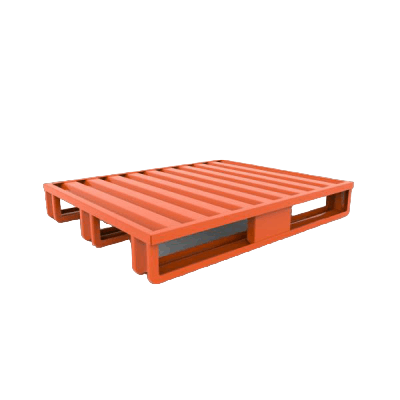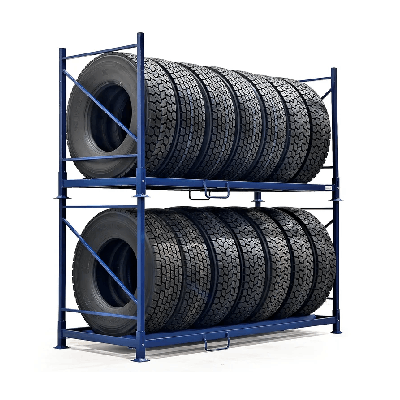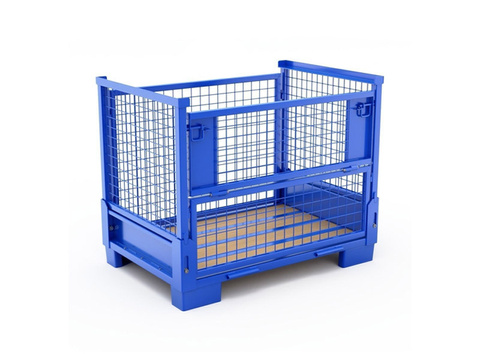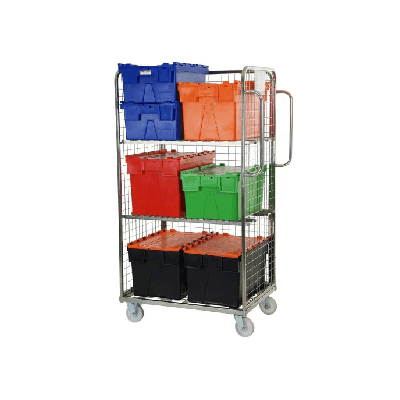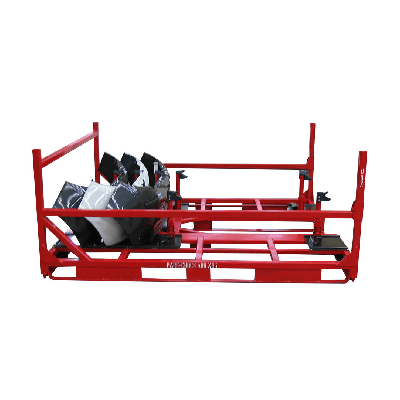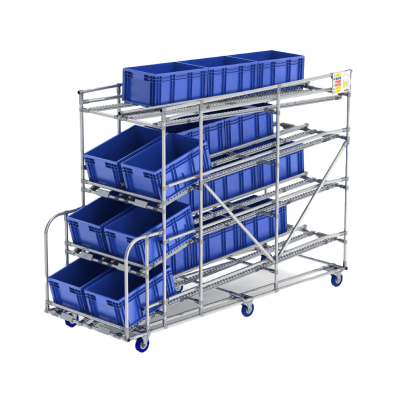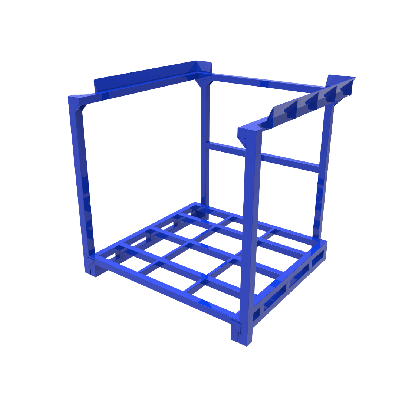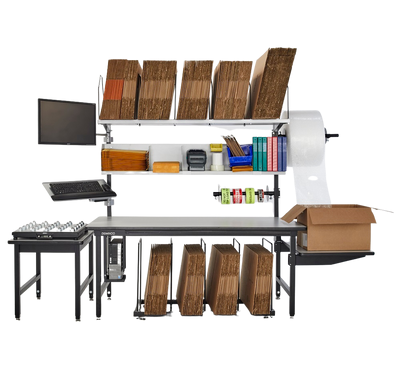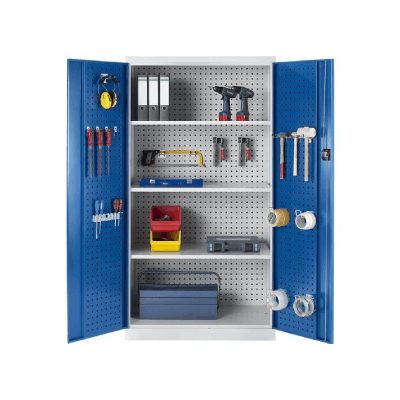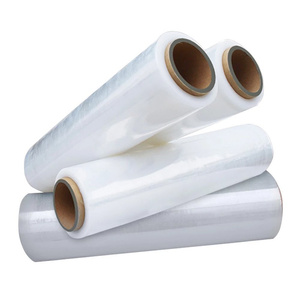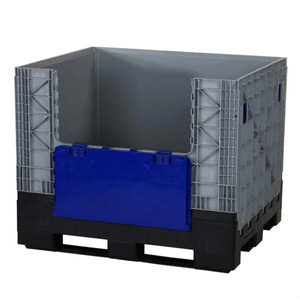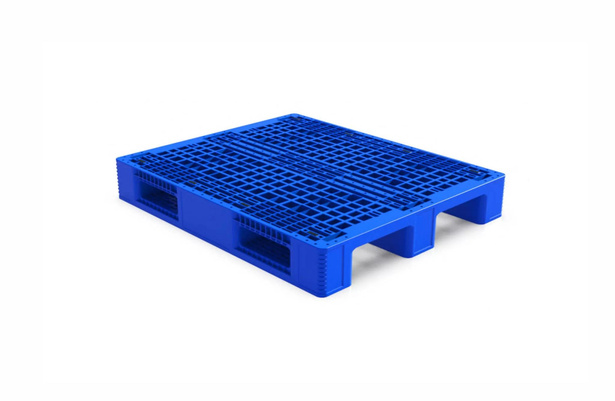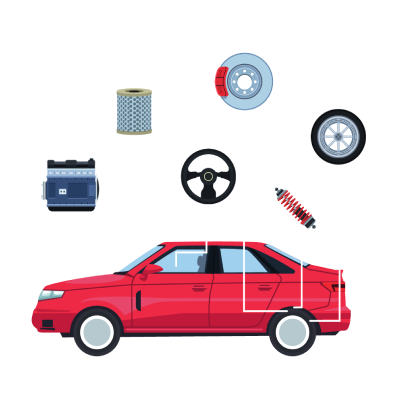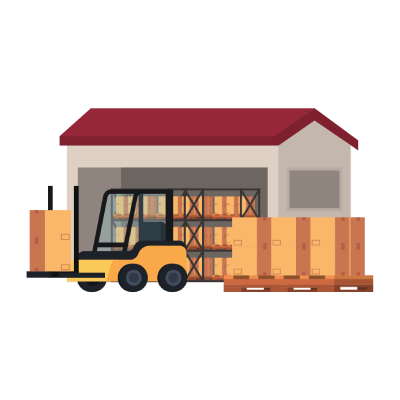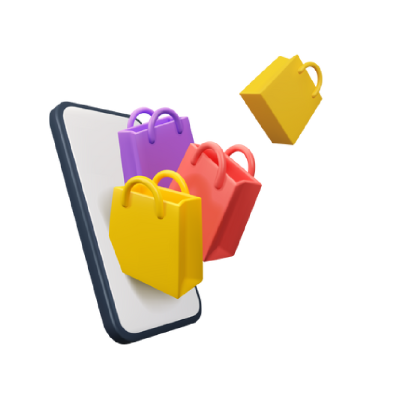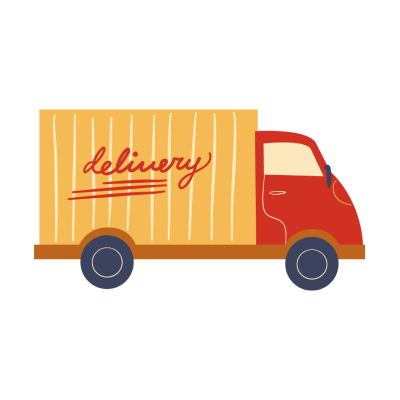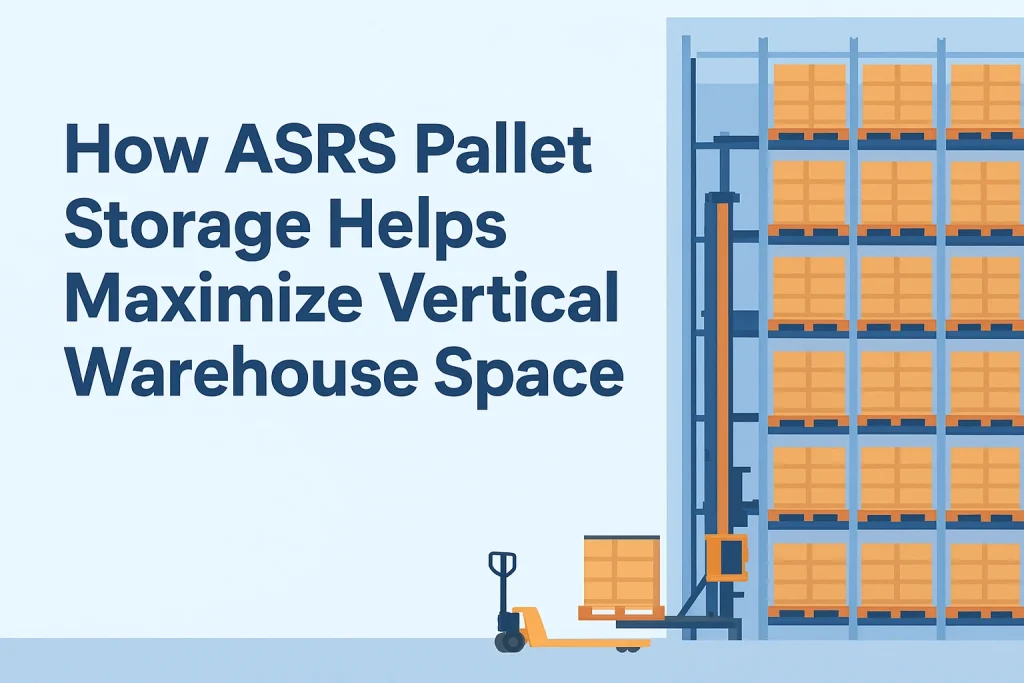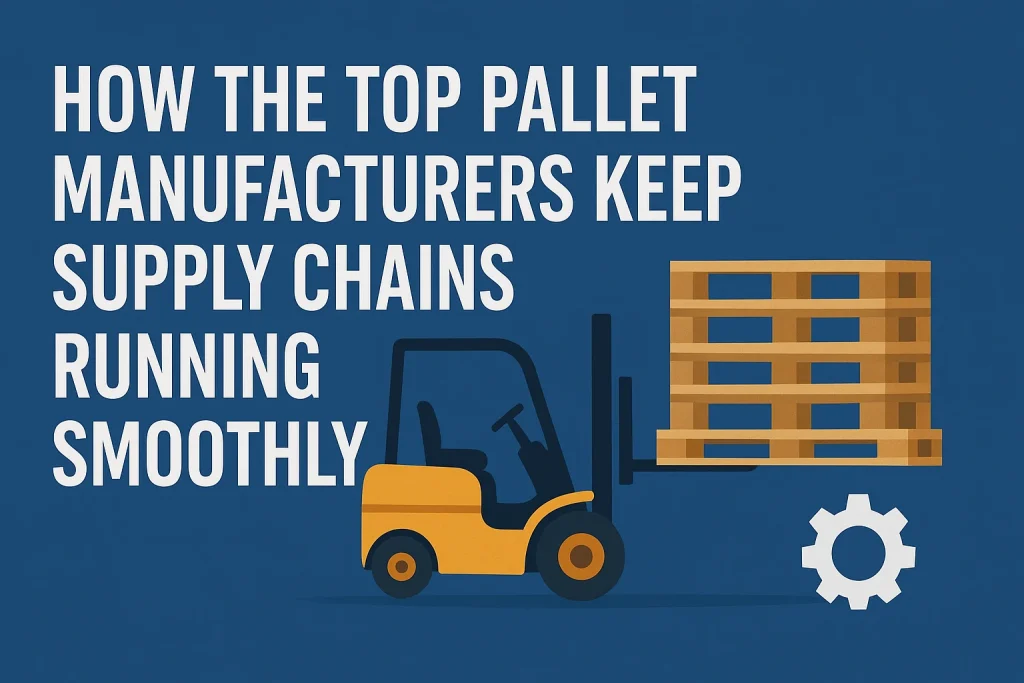In today’s fast-paced business environment, companies are increasingly looking for ways to streamline their operations, cut costs, and reduce their environmental footprint. One of the most effective strategies for achieving these goals is the adoption of returnable packaging solutions. This eco-friendly and cost-effective approach to packaging is not only helping businesses save money but also contributing to a more sustainable future by minimizing waste. In this blog, we will explore the key aspects of returnable packaging solutions their benefits, and how they can help reduce waste and save costs for businesses.
Table of Contents
ToggleWhat Are Returnable Packaging Solutions?
Returnable packaging solutions refer to a system of packaging that is designed to be reused multiple times before being recycled or disposed of. These packaging systems are typically made from durable materials such as metal, plastic, or wood, allowing them to withstand multiple cycles of use. They are commonly used in industries such as manufacturing, automotive, retail, and logistics, where goods need to be transported, stored, and delivered frequently.
The main idea behind returnable packaging is to replace single-use packaging, such as cardboard boxes or plastic wrap, with reusable alternatives. By doing so, businesses can reduce the need for constant packaging purchases, minimize waste generation, and contribute to a circular economy.
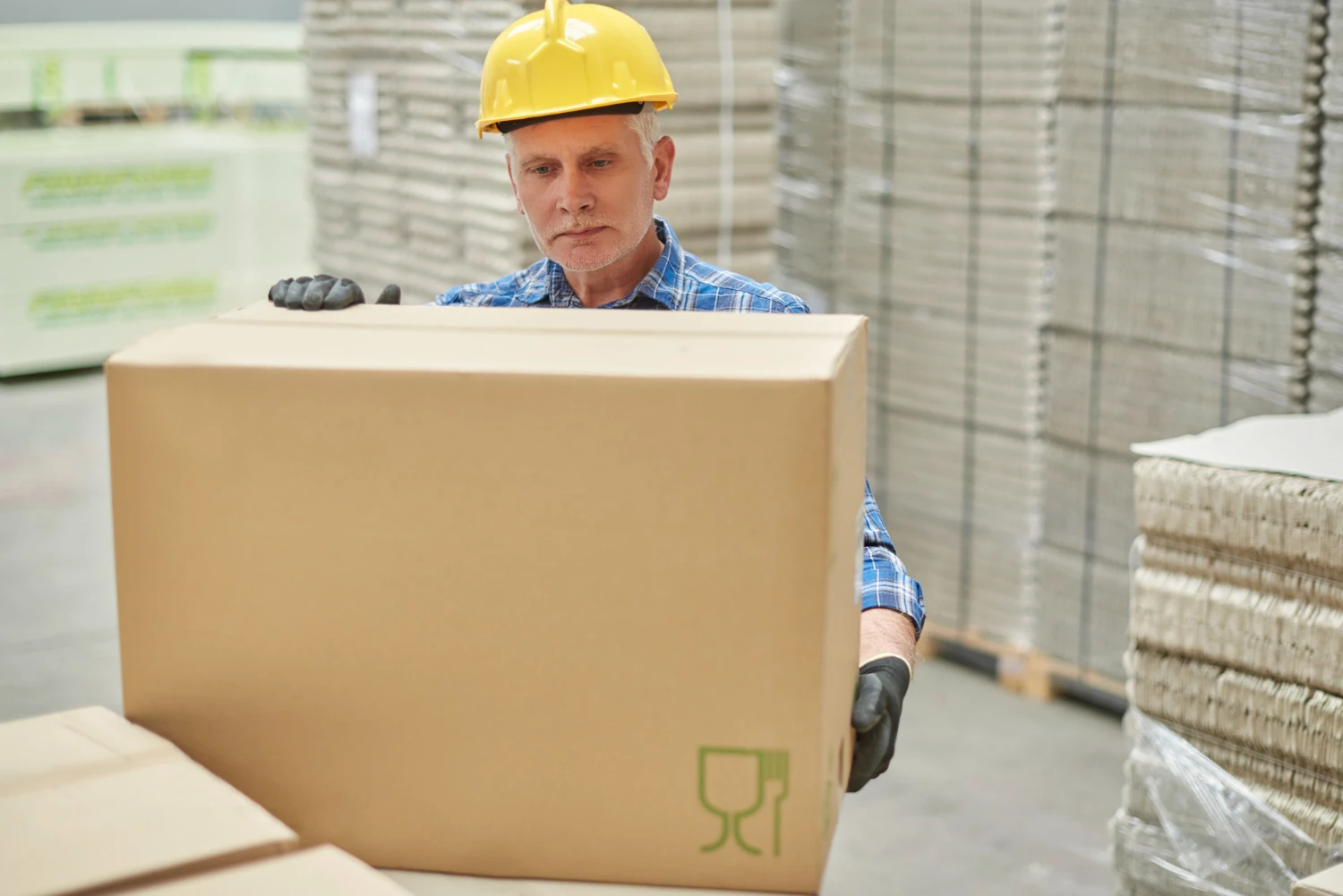
Types of Returnable Packaging
There are various types of returnable packaging solutions available, depending on the needs of the industry and the type of products being transported or stored. Some of the most common types include:
1. Plastic Crates and Containers
Plastic crates and containers are widely used in industries like food and beverage, retail, and agriculture. These containers are lightweight, durable, and easy to clean, making them ideal for repeated use. They can be stacked, folded, and transported efficiently, which helps reduce storage and transportation costs.
2. Metal Racks and Stillages
Metal racks and stillages are commonly used in the automotive and manufacturing industries. These sturdy structures provide excellent protection for heavy and bulky items during transport. Metal stillages are often designed with features like collapsibility, making them easy to store when not in use.
3. Pallets
Pallets are perhaps the most well-known form of returnable packaging. Made from plastic, metal, or wood, pallets are used to transport and store goods across various industries. Returnable pallets can be reused for years, reducing the need for single-use wooden pallets, which are often discarded after one trip.
4. Bulk Containers
Bulk containers, or intermediate bulk containers (IBCs), are large, reusable containers used to transport liquids or bulk materials. They are commonly used in industries such as chemicals, pharmaceuticals, and food production. Bulk containers are designed to be durable and reusable, significantly reducing packaging waste.
5. Collapsible Bins
Collapsible bins are another popular returnable packaging option. These bins can be folded flat when empty, making them space-efficient for storage and return transport. They are often used in retail, automotive, and manufacturing industries to transport parts, products, or materials.
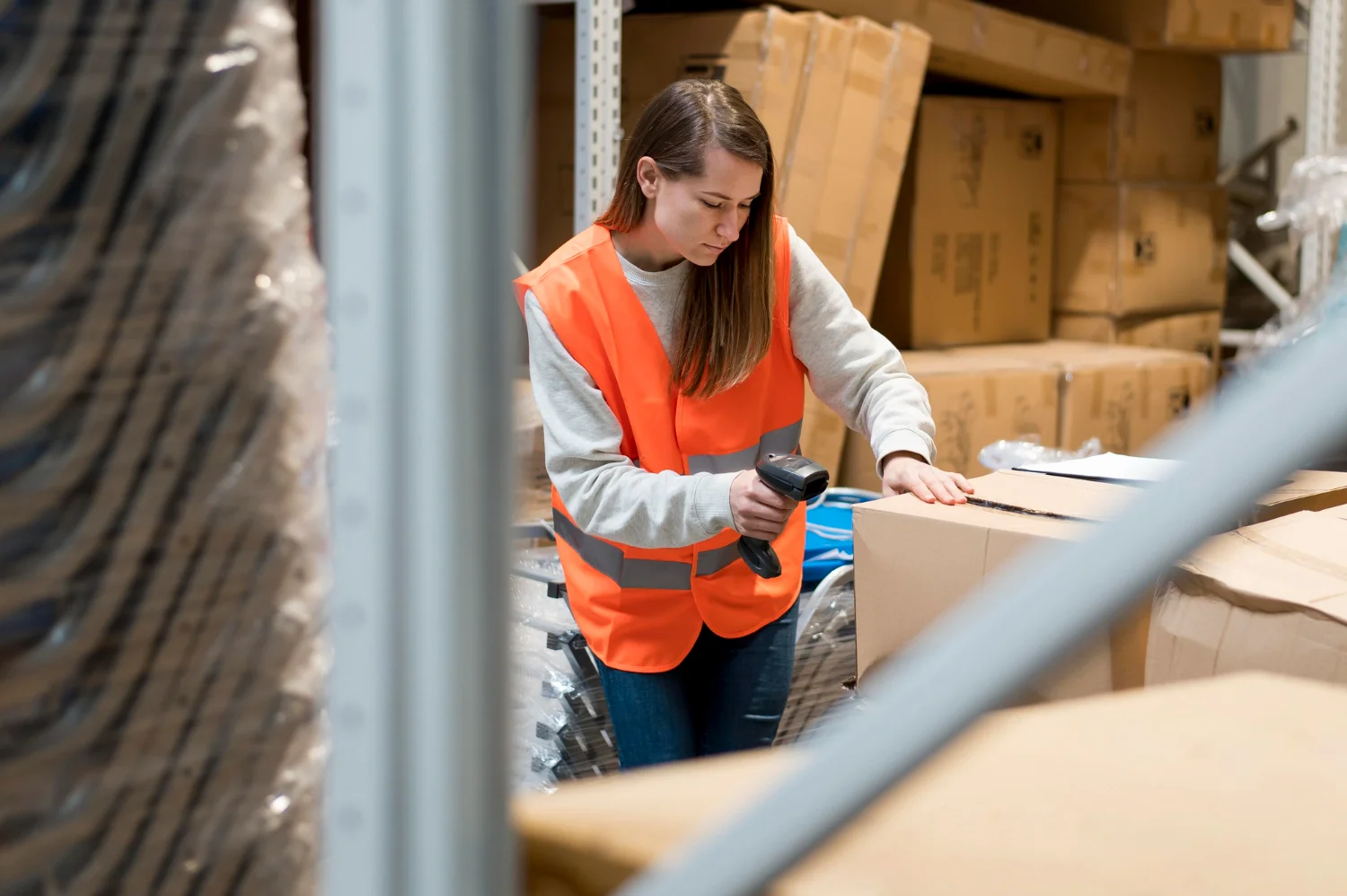
Benefits of Returnable Packaging Solutions
The adoption of returnable packaging solutions offers numerous advantages for businesses, both in terms of cost savings and environmental impact. Let us take a deeper look at some of these perks:
1. Reduction in Packaging Waste
One of the most significant benefits of returnable packaging is the reduction of waste. Traditional single-use packaging materials, such as cardboard and plastic wrap, often end up in landfills after a single use. By switching to returnable packaging, businesses can minimize the volume of packaging waste they generate, thus contributing to a cleaner environment.
Reusable packaging can be used for years before it needs to be recycled, resulting in a dramatic decrease in the amount of waste generated. This waste reduction not only helps the environment but also enhances a company’s sustainability credentials.
2. Cost Savings Over Time
Although the initial investment in returnable packaging solutions may be higher than purchasing disposable packaging, businesses can achieve significant cost savings in the long run. The reusable nature of these solutions means that companies do not need to purchase new packaging materials every time they ship or transport goods. Over time, the cost savings from reduced packaging purchases can more than offset the initial investment.
Additionally, returnable packaging systems often lead to reduced transportation costs. Reusable packaging is typically designed to be more durable and efficient, reducing the need for excess packaging material and optimizing space during transportation.
3. Improved Supply Chain Efficiency
Returnable packaging can also improve the overall efficiency of a company’s supply chain. Reusable packaging systems are often designed with standard dimensions, making them easier to handle, stack, and transport. This standardization can lead to faster loading and unloading times, reducing labor costs and speeding up the flow of goods through the supply chain.
Moreover, returnable packaging is typically more durable than disposable packaging, providing better protection for products during transport. This reduces the risk of damage to goods, resulting in fewer returns and less waste due to damaged products.
4. Environmental Benefits
Environmental sustainability is becoming increasingly important to both organizations and consumers. By adopting returnable packaging solutions, companies can significantly reduce their carbon footprint. The production of single-use packaging materials, such as cardboard and plastic, requires large amounts of energy and resources. In contrast, reusable packaging can be used multiple times, reducing the need for constant production and disposal.
Additionally, returnable packaging systems often lead to fewer trips for transporting goods, as they are designed to optimize space and minimize the number of trips required for shipping. This leads to less fuel use and less greenhouse gas emissions.
5. Enhanced Corporate Image
Sustainability is becoming an essential part of a company’s brand image. Consumers are increasingly looking for businesses that prioritize environmental responsibility. By implementing returnable packaging, companies can demonstrate their commitment to reducing waste and conserving resources. This can enhance their corporate image and attract environmentally conscious customers.
Furthermore, many governments and regulatory bodies are introducing stricter regulations on packaging waste. Businesses that implement sustainable packaging procedures can keep ahead of the requirements and avoid possible consequences or fines.
6. Customization and Flexibility
Returnable packaging systems offer customization options that allow businesses to tailor packaging to their specific needs. Whether it’s adding compartments for fragile items or designing containers for a particular product, businesses can create packaging solutions that enhance protection and efficiency. This flexibility ensures that the packaging is perfectly suited to the product, reducing the risk of damage during transport and storage.
Moreover, returnable packaging can be easily adapted to accommodate changing business needs. As businesses grow or diversify their product lines, they can modify their packaging systems to meet new requirements, ensuring long-term efficiency and cost-effectiveness.
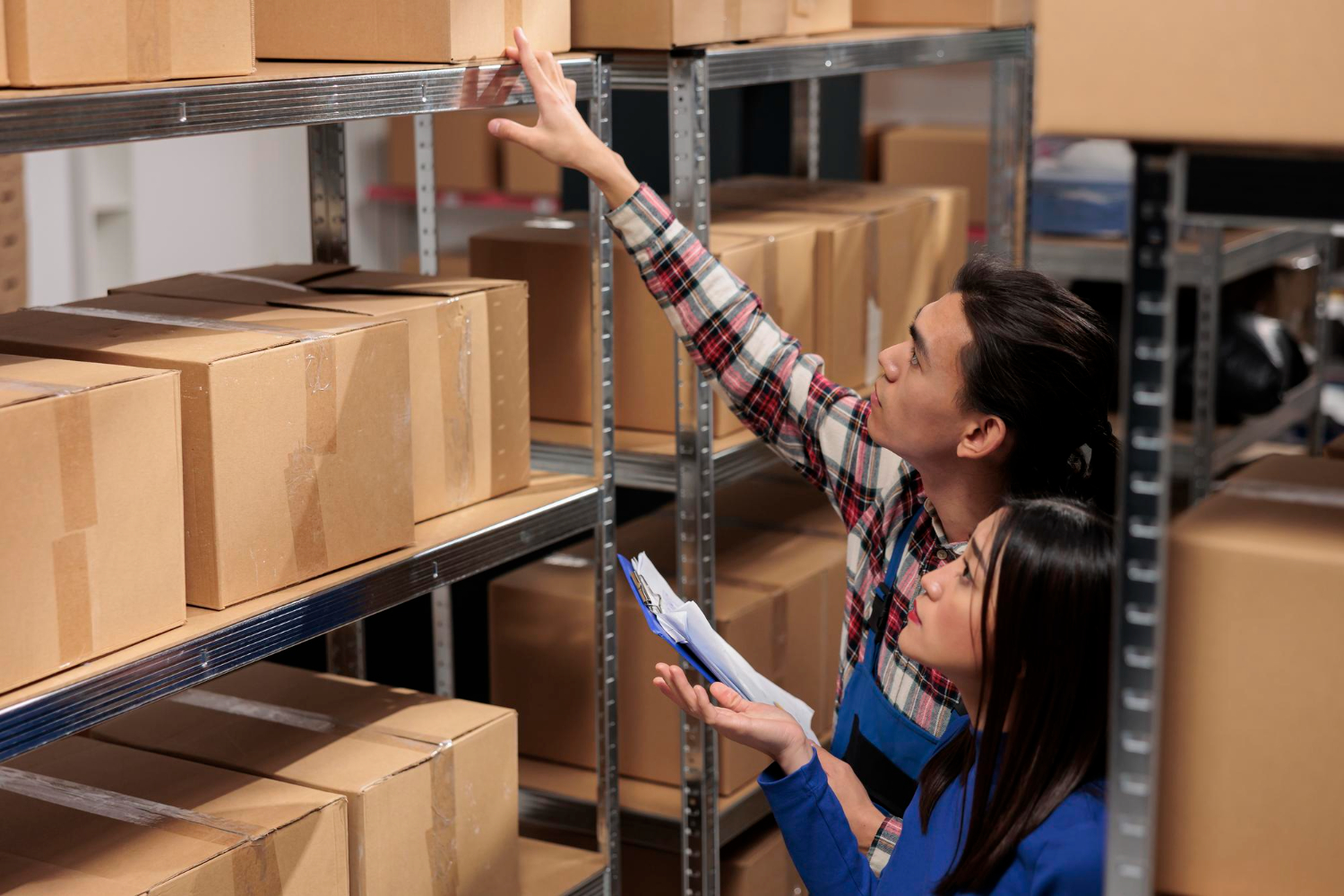
Challenges of Implementing Returnable Packaging Solutions
While returnable packaging solutions offer numerous benefits, there are also some challenges to consider when implementing them in a business. Understanding these challenges can help companies develop effective strategies for overcoming them.
1. Initial Investment Costs
The upfront cost of purchasing reusable packaging materials can be higher than traditional disposable packaging. This can be a barrier for small businesses or companies operating on tight budgets. However, it’s important to consider the long-term savings that come with reduced packaging purchases and lower waste disposal costs.
2. Tracking and Managing Returnable Packaging
To ensure that returnable packaging systems are effective, businesses need a reliable system to track and manage the packaging. This includes ensuring that the packaging is returned after each use and is properly maintained for future use. Implementing tracking technologies such as RFID tags or barcodes can help streamline this process and prevent packaging loss.
3. Space for Storage
Returnable packaging systems require adequate storage space when not in use. Companies need to allocate space in their facilities to store empty containers, pallets, or bins. Collapsible or stackable options can help mitigate this challenge by reducing the amount of space needed for storage.
Conclusion
Returnable packaging solutions are transforming the way businesses manage their packaging needs. By reducing waste, saving costs, and enhancing supply chain efficiency, these systems provide a sustainable and cost-effective alternative to traditional disposable packaging. From plastic crates and metal stillages to pallets and bulk containers, returnable packaging is revolutionizing industries across the globe.
At Kole Global we specialize in providing innovative and customizable returnable packaging solutions tailored to your business needs. Our durable and sustainable packaging options can help you reduce waste, save costs, and improve your supply chain efficiency. Get in touch with us today to learn how our returnable packaging solutions can benefit your business and the environment.
Frequently Asked Questions:-
1. What are returnable packaging solutions?
- Returnable packaging solutions are packaging systems designed to be reused multiple times. They are typically made from durable materials such as plastic, metal, or wood and can be used across industries like manufacturing, automotive, retail, and logistics. These solutions help reduce waste and packaging costs by replacing single-use packaging with reusable alternatives.
2. How do returnable packaging solutions reduce costs for businesses?
- While the initial investment in returnable packaging is higher than single-use options, businesses save money in the long run by reducing the need for constant packaging purchases. Reusable packaging is designed to last for multiple cycles, meaning companies can use the same packaging repeatedly, lowering their overall packaging costs. Additionally, returnable systems often reduce transportation and storage costs by optimizing space.
3. What are the environmental benefits of using returnable packaging solutions?
- Returnable packaging solutions help reduce environmental impact by minimizing packaging waste and decreasing the need for resource-intensive single-use packaging. By reusing packaging multiple times, businesses reduce the amount of waste sent to landfills and lower their carbon footprint. Additionally, fewer trips are required for transportation due to the optimized design of reusable packaging, leading to reduced fuel consumption and greenhouse gas emissions.
4. What types of industries benefit from returnable packaging?
- Industries such as manufacturing, automotive, logistics, retail, and food and beverage frequently use returnable packaging solutions. These industries benefit from the durability, cost-efficiency, and waste reduction associated with reusable packaging. The packaging is ideal for transporting heavy or delicate items, and it can be customized to suit specific product needs.
5. What challenges are associated with implementing returnable packaging systems?
- The main challenges of adopting returnable packaging solutions include the initial investment cost, tracking and managing the reusable packaging, and the need for storage space when the packaging is not in use. Businesses must have systems in place to track and maintain the packaging for future use and ensure that it is returned after each cycle. Implementing technology like RFID or barcodes can help address these challenges effectively.

